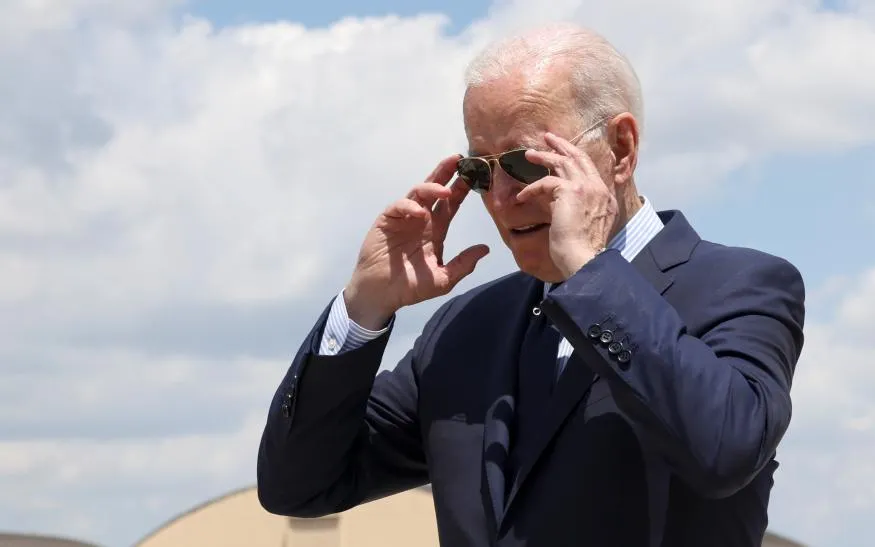Biden Administration Allocates $930 Million to Increase Internet Access in Rural Areas
On Friday, the Biden administration revealed that it will be providing $930 million in grants to enhance rural access to broadband internet. The grants, which are part of the Department of Commerce’s “Enabling Middle Mile Broadband Infrastructure Program,” will be used to install over 12,000 miles of new fiber optic cable in 35 states and Puerto Rico. The administration anticipates that grant recipients will invest an additional $848.46 million, effectively doubling the program’s impact.
“Just as the interstate highway system connected every American community to regional and national highway systems, this program will help us connect communities across the country to regional and national networks that provide high-quality, affordable high-speed Internet access,” said Commerce Secretary Gina Raimondo.
High-speed internet is no longer a luxury, it’s a necessity. That’s why my Administration is investing in expanding access to affordable high-speed internet to close the digital divide.https://t.co/Mxd81tjeEg.
— President Biden (@POTUS) June 17, 2023
The Commerce Department said it received more than 260 applications for the Middle Mile Grant program, totaling $7.47 billion in funding requests. The agency primarily awarded grants to telecommunications and utility companies, although it also earmarked funding for tribal governments and nonprofits. Per Gizmodo, the largest grant, worth $88.8 million, went to a telecommunications company in Alaska that is building a fiber-optic network in a part of the state where 55 percent of residents don’t have internet. The Commerce Department awarded an average of $26.6 million to most applicants. Grantees now have five years to complete their projects, although the administration hopes that many construction projects will be completed sooner.
In addition to the fact that the projects create new economic opportunities for traditionally underserved localities, according to the government, they should also improve safety in these areas. “They can improve the network’s resilience in the face of the climate crisis and increasing natural disasters such as wildfires, floods and storms by creating multiple routes for Internet traffic instead of one, like a detour on a freeway,” White House Infrastructure Coordinator Mitch Landrieu told Bloomberg.
The funding is just one of many recent efforts by the government to close the rural digital divide. Early last year, the Federal Communications Commission announced an accountability program designed to ensure that recipients of the Rural Digital Opportunity Fund use the money they receive from the public purse appropriately.




